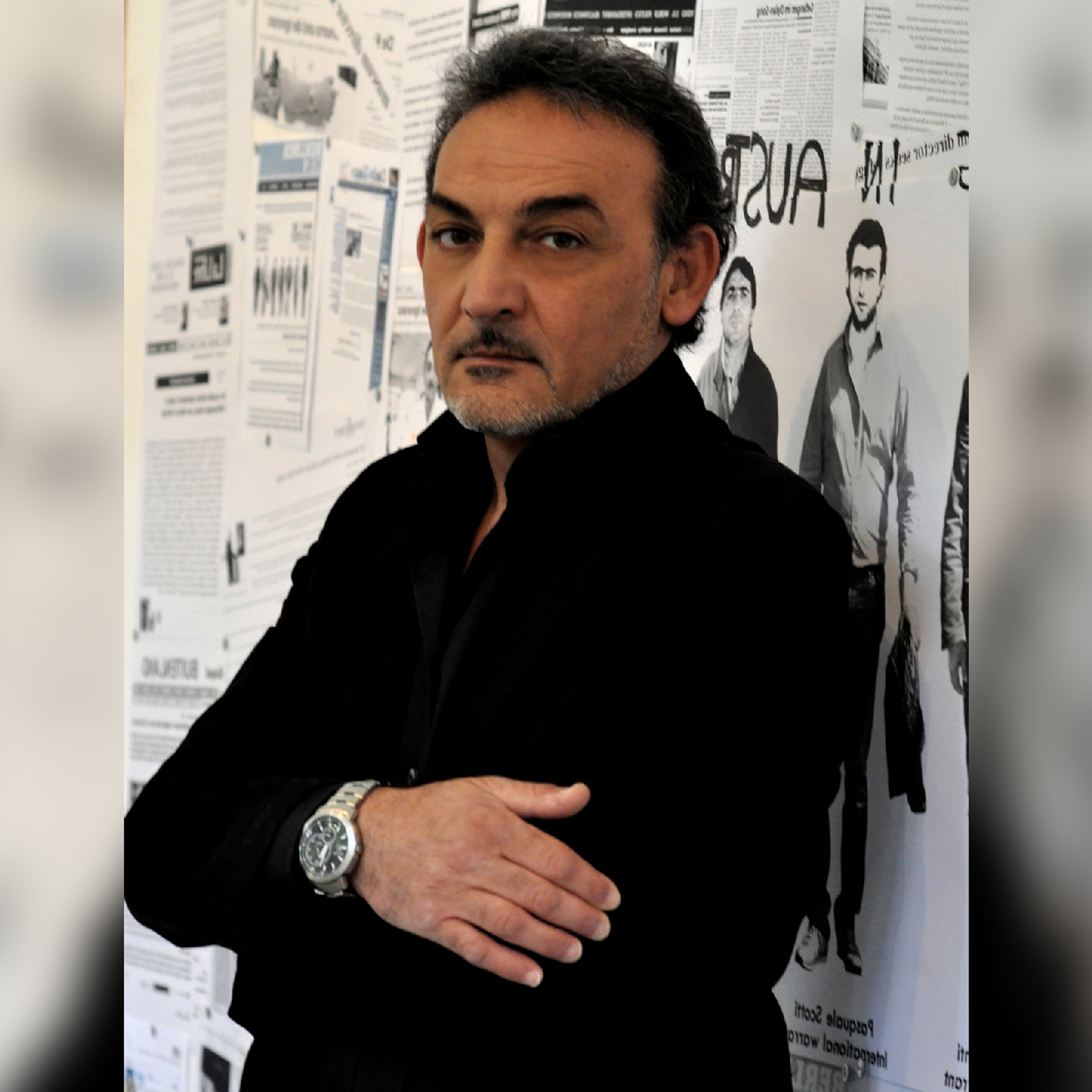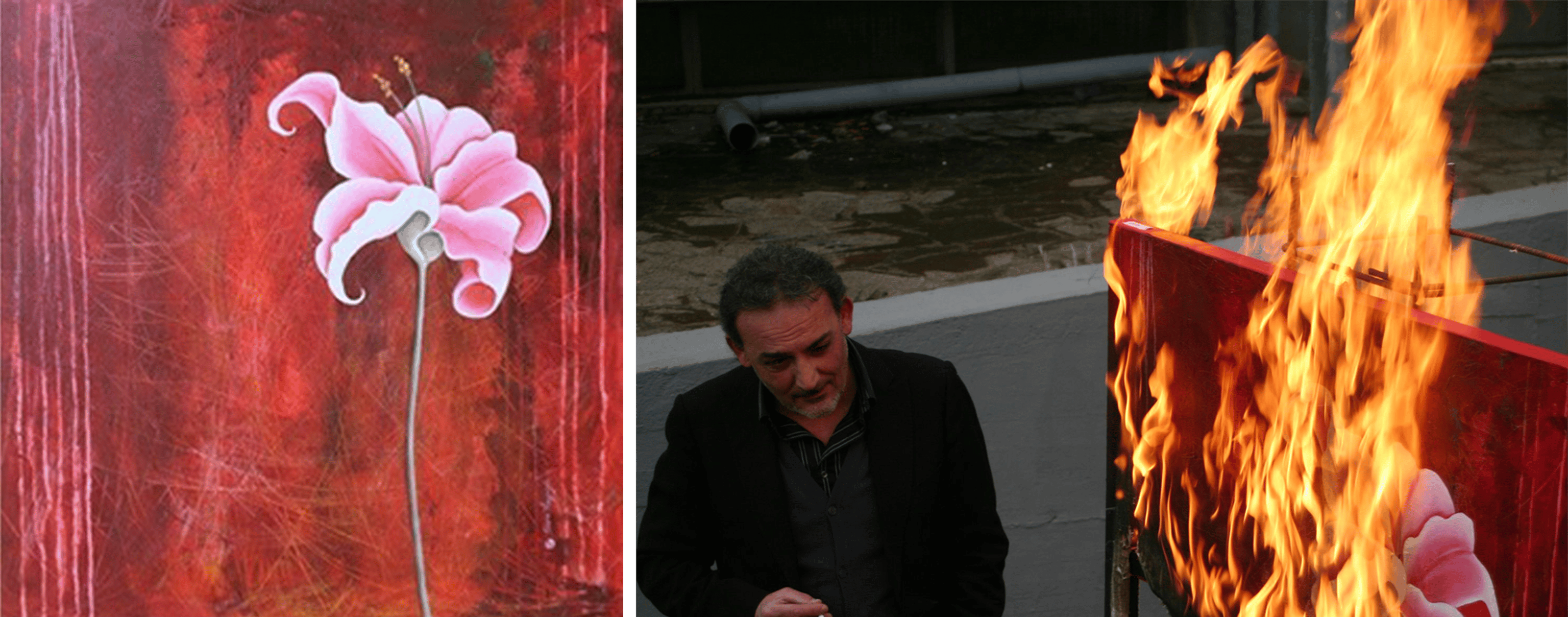In previous articles on Collecteurs, we have addressed the role and responsibilities of institutional directors. Tasked with representing an institution, securing funding, and important organisational structures, the position of director is a demanding task. What happens when it all goes wrong? In this series, we uncover stories of crime, desperation, political defiance, or corruption in museum leadership.
Artist, Museum Director, and provocateur of the Casoria Contemporary Art Museum (CAM), Antonio Manfredi is best remembered for burning artworks from his museum’s collection in the early 2010s. He held his collection hostage, threatening to burn three works per week until the entire collection was destroyed. His aim was to denounce the funding cuts to culture announced by the Italian government while simultaneously unmasking the Camorra mafia’s continued sabotage of not only cultural projects, but the state of neighbourhoods around Naples. Today, as climate activists glue themselves to the frames of paintings and spill soup on their protective vitrines causing collective outrage, it is good to remember that the destruction of art can go a step further.

In 2012, Manfredi found himself in a museum with no funds to preserve the existing CAM collection and with heaps of garbage mounting around the outside of the building.1 Outraged at the situation, he declared an “art war” on the government. He began by burning an artwork by the French artist Séverine Bourguignon, worth 10,000€ at the time. Manfredi revealed that he had lost funding partners after opening an exhibition highlighting corruption within the mafia that operates in that area. The district of Casoria is the setting of the famous non-fiction book “Gomorrah” by Roberto Saviano. Since 2006, Saviano has lived under constant police protection due to the imminent threat to his life.

Image left: Courtesy of Casoria Contemporary Art Museum. Image right: Severine Bourguignon / La Promenade.
Burning paintings is not the only stunt that Manfredi pulled off: in 2011, he wrote a letter to Angela Merkel imitating a request for asylum, but this time it was for the CAM. Denouncing the lack of protection received from the government of Italy, he requested Germany to take over the responsibilities of supporting the museum and he began flying a German flag over the building.2 This act was picked up by German news outlets at the time.
Were these protests successful? The dust has settled from these protests ten years ago, and the museum today is currently hosting a wide array of events and exhibitions. Music performances, DJ Sets, and international exhibitions continue to be announced on the museum’s Facebook page.3 But the local situation has changed little: the Camorra continue to dominate Naples and their shadow is felt in every aspect of life.4

Image courtesy of Casoria Contemporary Art Museum.